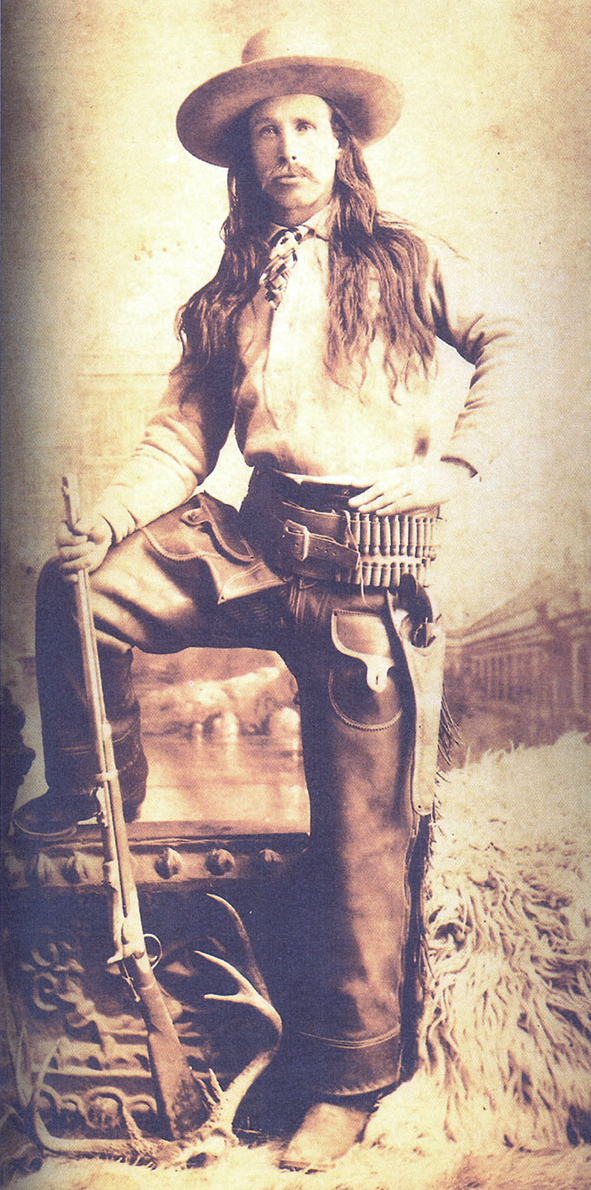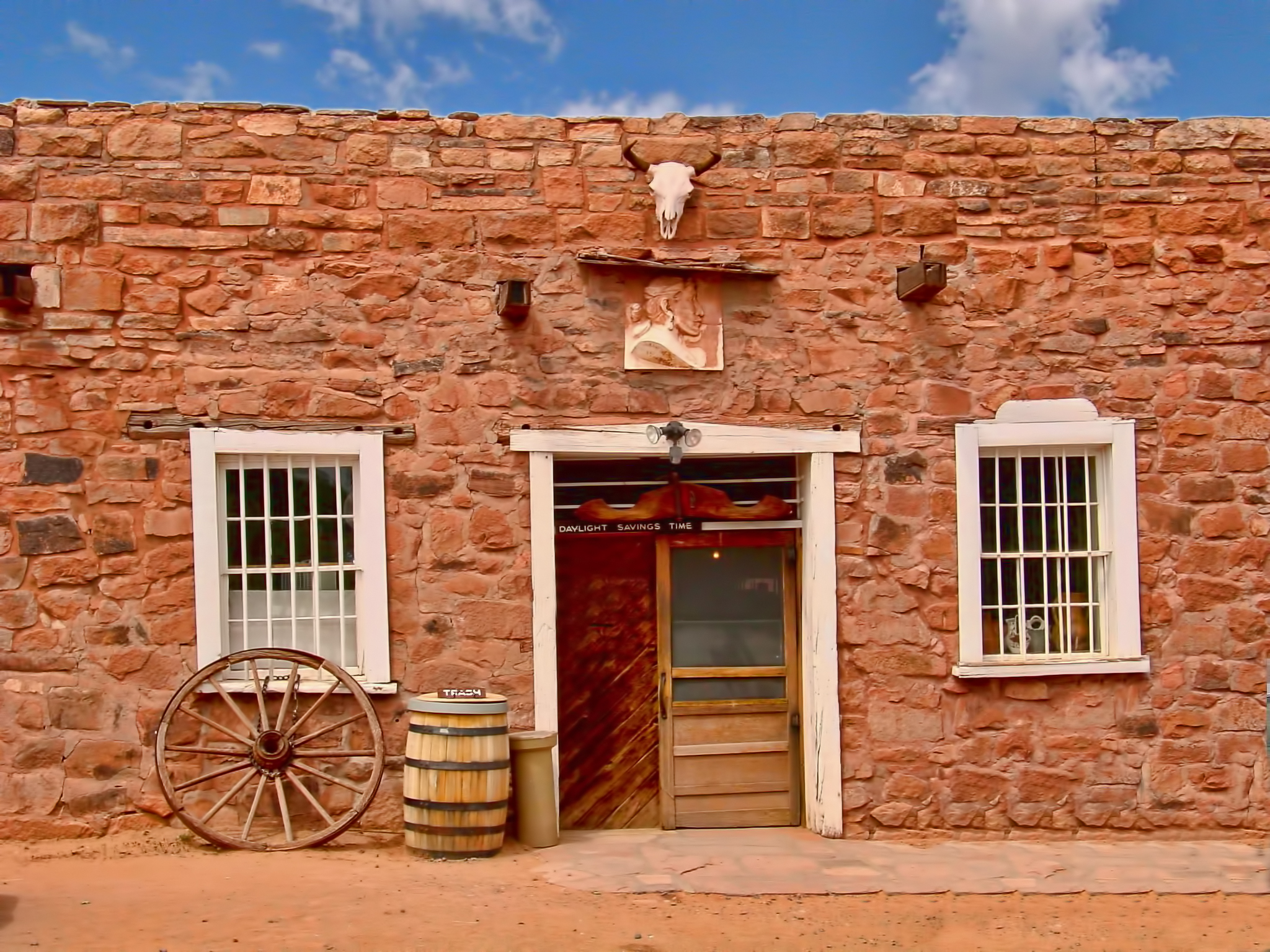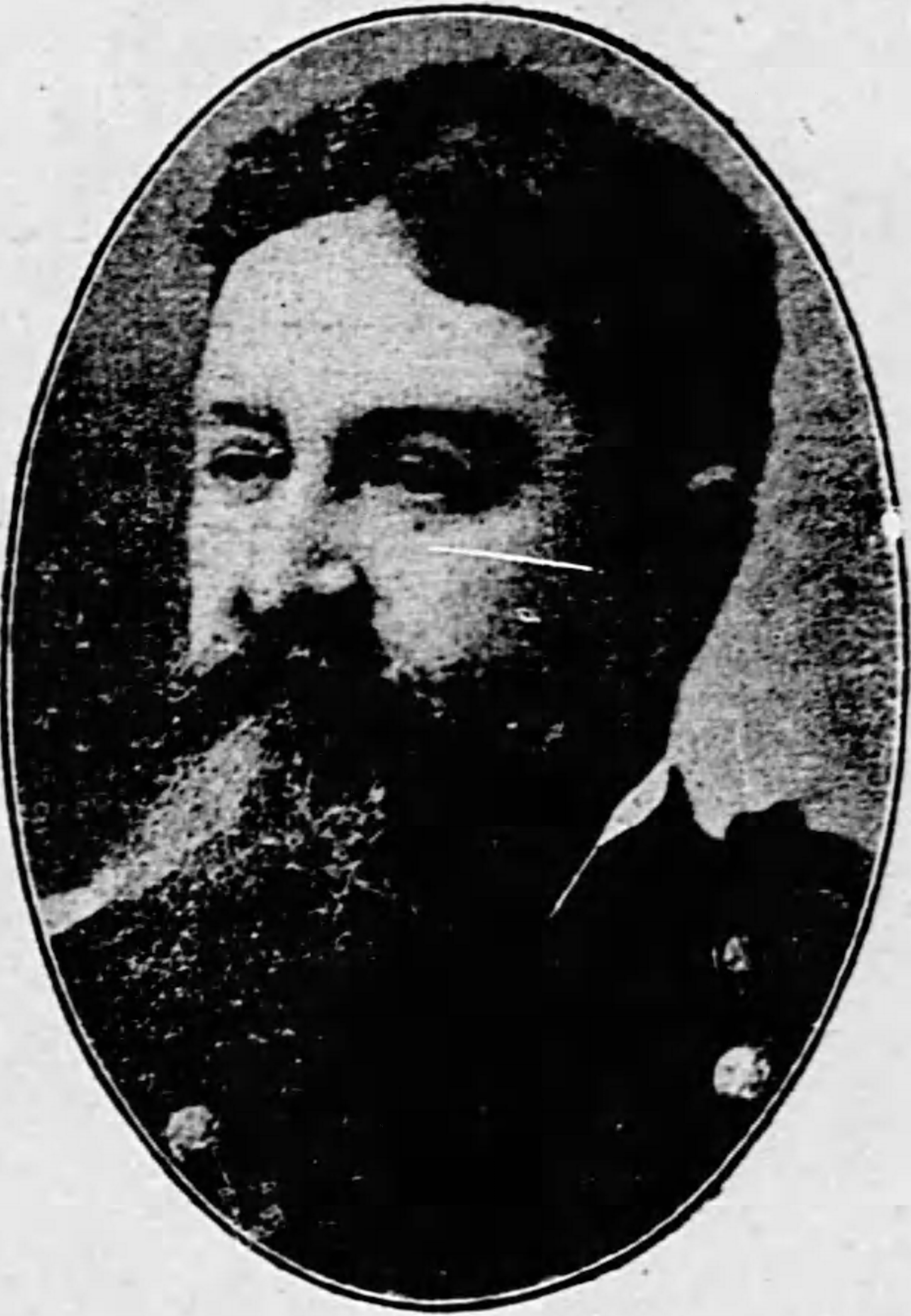|
Perry Owens
Commodore Perry Owens (July 29, 1852 – May 10, 1919) was an American lawman and gunfighter of the Old West. One of his many exploits was the Owens-Blevins Shootout in Arizona Territory during the Pleasant Valley War. Early life Anthony Perry Owens was born July 29, 1852, not on September 10 as asserted by some sources. His father was named Oliver H. Perry Owens after Commodore Oliver Hazard Perry, a United States Naval hero of the War of 1812. Commodore was named by his mother. He was born in Hawkins County, Tennessee; his family migrated and developed a farm in Liberty Township, Hendricks County, Indiana. At age 13, Commodore ran away from home and went West, where he eventually hired on as a buffalo hunter for the railroad. Killing buffalo each day to feed the railroad workers, Owens became an incredible shot. He was able to shoot a rifle accurately from the hip, without using the sights. Owens was ambidextrous and wore two pistols. He would entertain friends by shooti ... [...More Info...] [...Related Items...] OR: [Wikipedia] [Google] [Baidu] |
Sheriff Commodore Perry Owens
A sheriff is a government official, with varying duties, existing in some countries with historical ties to England where the office originated. There is an analogous, although independently developed, office in Iceland that is commonly translated to English as ''sherif''. Description Historically, a sheriff was a legal official with responsibility for a shire, the term being a contraction of "shire reeve" (Old English ). In British English, the political or legal office of a sheriff, term of office of a sheriff, or jurisdiction of a sheriff, is called a shrievalty in England and Wales, and a sheriffdom in Scotland. In modern times, the specific combination of legal, political and ceremonial duties of a sheriff varies greatly from country to country. * In England, Northern Ireland, or Wales, a sheriff (or high sheriff) is a ceremonial county or city official. * In Scotland, sheriffs are judges. * In the Republic of Ireland, in some counties and in the cities of Dublin an ... [...More Info...] [...Related Items...] OR: [Wikipedia] [Google] [Baidu] |
Don Lorenzo Hubbell
John Lorenzo Hubbell (November 27, 1853 – November 12, 1930) was a member of the Arizona State Senate. He was elected to serve in the 1st Arizona State Legislature from Apache County. He served in the Senate from March 1912 until March 1914. Hubbell was the long-time owner of the Hubbell Trading Post established in 1878 on the Navajo Reservation in Ganado, Arizona. The trading post is preserved as the Hubbell Trading Post National Historic Site. Early life John Lorenzo Hubbell was the son of James (Santiago) Lawrence Hubbell, a pioneer from Salisbury, Connecticut, who traveled to the Southwest, settling in New Mexico in 1848, where he became a government contractor, specializing in cattle. His mother was Julianita Gutierrez, the heiress of an old New Mexican family, who inherited large estates in the New Mexico territory, holding the Pajarito Land Grand from 1739 from the Spanish government. His parents built the historic Gutiérrez Hubbell House. His father had come to th ... [...More Info...] [...Related Items...] OR: [Wikipedia] [Google] [Baidu] |
Wham Paymaster Robbery
The Wham Paymaster robbery ( ) was an armed robbery of a United States Army paymaster and his escort on May 11, 1889, in the Arizona Territory. Major Joseph W. Wham was transporting a payroll consisting of more than US$28,000 in gold and silver coins from Fort Grant to Fort Thomas when he and his escort of eleven Buffalo Soldiers were ambushed. During the attack, the bandits wounded eight of the soldiers, forced them to retreat to cover and stole the payroll. As a result of their actions under fire, Sergeant Benjamin Brown and Corporal Isaiah Mays were awarded the Medal of Honor while eight other soldiers received a Certificate of Merit. Eleven men, most from the nearby Mormon community of Pima, were arrested, with eight of them ultimately tried on charges of robbery. All of the accused were found not guilty, and the stolen money has never been recovered. Background In April 1889, Special Order 37 directed all paymasters in the District of Arizona to pay troops mustered as of ... [...More Info...] [...Related Items...] OR: [Wikipedia] [Google] [Baidu] |
Legend
A legend is a Folklore genre, genre of folklore that consists of a narrative featuring human actions, believed or perceived, both by teller and listeners, to have taken place in human history. Narratives in this genre may demonstrate human values, and possess certain qualities that give the tale verisimilitude (literature), verisimilitude. Legend, for its active and passive participants may include miracles. Legends may be transformed over time to keep them fresh and vital. Many legends operate within the realm of uncertainty, never being entirely believed by the participants, but also never being resolutely doubted. Legends are sometimes distinguished from myths in that they concern human beings as the main characters rather than gods, and sometimes in that they have some sort of historical basis whereas myths generally do not. The Brothers Grimm defined ''legend'' as "Folklore, folktale historically grounded". A by-product of the "concern with human beings" is the long list o ... [...More Info...] [...Related Items...] OR: [Wikipedia] [Google] [Baidu] |
Holbrook, Arizona
Holbrook ( nv, Tʼiisyaakin) is a city in Navajo County, Arizona, United States. According to the 2010 census, the population of the city was 5,053. The city is the county seat of Navajo County. Holbrook was founded in 1881 or 1882, when the railroad was built, and named to honor the first chief engineer of the Atlantic and Pacific Railroad, Henry Randolph Holbrook. History The Holbrook area was inhabited first by the Ancestral Puebloans, then Puebloans, then the Navajo and Apache. In 1540 (some seventy years before Jamestown or the Pilgrims) Coronado searched for the Seven Cities of Cibola and camped some 60 miles east of Holbrook. Coronado sent an expedition west to find the Colorado River, and they crossed the Little Colorado some twenty-five miles east of Holbrook and found a wonderland of colors they named "El Desierto Pintada" – The Painted Desert. The expedition was then led by the Hopis to the Grand Canyon. U.S. settlements After the Mexican–American War e ... [...More Info...] [...Related Items...] OR: [Wikipedia] [Google] [Baidu] |
Yavapai County, Arizona
Yavapai County is near the center of the U.S. state of Arizona. As of the 2020 United States census, 2020 census, its population was 236,209, making it the fourth-most populous county in Arizona. The county seat is Prescott, Arizona, Prescott. Yavapai County comprises the Prescott, AZ Metropolitan statistical area, Metropolitan Statistical Area as well as the northern portions of Peoria, Arizona, Peoria and Wickenburg, Arizona, Wickenburg, the balance of which are in the Phoenix Metropolitan Area. History Yavapai County was one of the four original Arizona counties created by the 1st Arizona Territorial Legislature. The county territory was defined as being east of longitude 113° 20' and north of the Gila River. Soon thereafter, the counties of Apache County, Arizona, Apache, Coconino County, Arizona, Coconino, Maricopa County, Arizona, Maricopa, and Navajo County, Arizona, Navajo were carved from the original Yavapai County. Yavapai County's present boundaries were establish ... [...More Info...] [...Related Items...] OR: [Wikipedia] [Google] [Baidu] |
Range War
A range war or range conflict is a type of usually violent conflict, most commonly in the 19th and early 20th centuries in the American West. The subject of these conflicts was control of "open range", or range land freely used for cattle grazing, which gave the conflict its name. Typically they were disputes over water rights or grazing rights and cattle ownership. Range wars occurred prior to the Taylor Grazing Act of 1934, which regulated grazing allotments on public land. Range wars included the Pleasant Valley War, Colfax County War, Castaic Range War, San Elizario Salt War, Mason County War, Porum Range War, Johnson County War, Pecos War, Fence Cutting Wars, Sheep Wars, Barber–Mizell feud, Stuart's Stranglers conflict, and others. Range wars in literature and the arts Range wars have been the subject of movies and novels. Some examples are: *''Range War'' (1939) is a movie (featuring Hopalong Cassidy) about a group of ranchers in conflict with a railway company. * ''Ra ... [...More Info...] [...Related Items...] OR: [Wikipedia] [Google] [Baidu] |
Navajo Nation
The Navajo Nation ( nv, Naabeehó Bináhásdzo), also known as Navajoland, is a Native American reservation in the United States. It occupies portions of northeastern Arizona, northwestern New Mexico, and southeastern Utah; at roughly , the Navajo Nation is the largest land area held by a Native American tribe in the U.S., exceeding ten U.S. states. In 2010, the reservation was home to 173,667 out of 332,129 Navajo tribal members; the remaining 158,462 tribal members lived outside the reservation, in urban areas (26 percent), border towns (10 percent), and elsewhere in the U.S. (17 percent). The seat of government is located in Window Rock, Arizona. The United States gained ownership of this territory in 1848 after acquiring it in the Mexican-American War. The reservation was within New Mexico Territory and straddled what became the Arizona-New Mexico border in 1912, when the states were admitted to the union. Unlike many reservations, it has expanded several times since ... [...More Info...] [...Related Items...] OR: [Wikipedia] [Google] [Baidu] |






